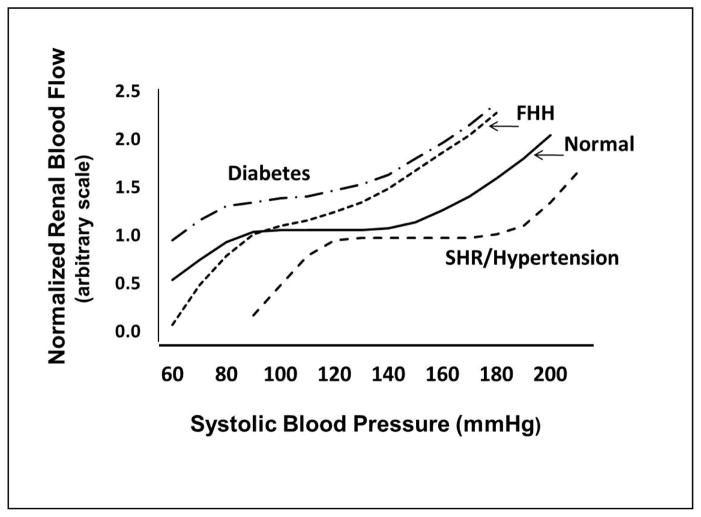Figure 1. Autoregulation of renal blood flow in normal and hypertensive individuals.
Blood flow in normal subjects is maintained nearly constant over a range of arterial pressures from 70 to 120 mm Hg. The autoregulatory range is shifted to higher pressures in mild to moderate hypertensive patients and animal models of hypertension such as SHR and angiotensin II infused hypertensive rodents due to elevations in preglomerular vascular tone and structural changes in the microcirculation. Renal vascular resistance is reduced in diabetes and the efficiency of autoregulation is impaired. The fawn hooded hypertensive (FHH) rat exhibits a lack of a myogenic response in the preglomerular vasculature and impaired autoregulation of RBF and they develop severe glomerulosclerosis. Autoregulation is also impaired in salt sensitive forms of hypertension (Dahl Salt sensitive rats, mineralocorticoid hypertension and reduced renal mass) and all are susceptible to glomerulosclerosis.

